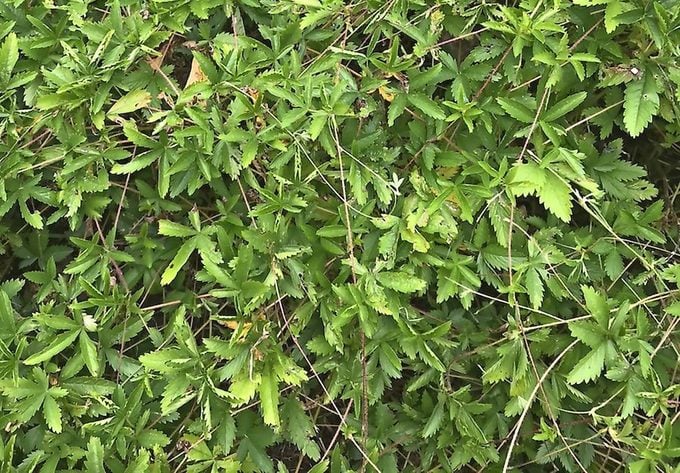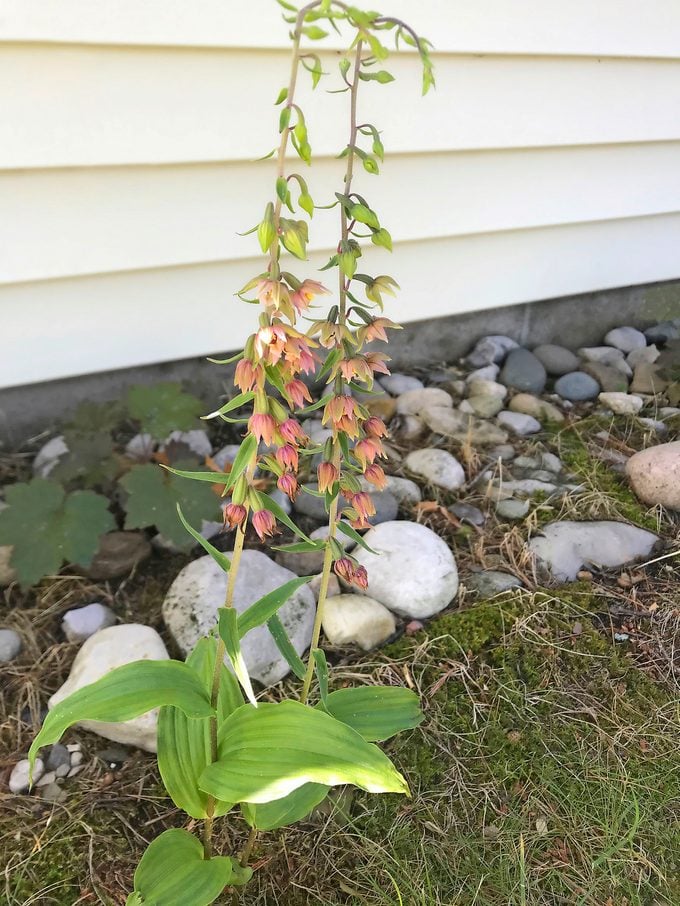How to Manage Cinquefoil and Helleborine in Your Yard
Updated: Feb. 02, 2023
Say goodbye to pesky weeds! Follow these easy tips from a garden expert to get rid of cinquefoil and Epipactis helleborine.
Our editors and experts handpick every product we feature. We may earn a commission from your purchases.

How to Get Rid of Cinquefoil
“What’s this vine and how can I get rid of it?” asks Patti Baker of Grove City, Pennsylvania.
This North American native plant is commonly known as cinquefoil (Potentilla simplex). You can find it growing in prairies, forests, savannas and landscapes that have been altered by development. It quickly spreads through stolons (stems that creep along the ground), making it suitable as a ground cover. On the other hand, it’s a difficult weed to manage.
If this vine is taking over your landscape, remove the cinquefoil plants, stolons and all. Then monitor the area for any new plants that sprout, picking them as they pop up. Canada thistle (Cirsium arvense) is another aggressive, noxious weed to watch out for.
See the worst invasive and poisonous plants to avoid in your yard.

How to Get Rid of Epipactis Helleborine
“What’s this shade plant in my lawn?” asks Paula Crouterfield of Gaylord, Michigan.
This mystery plant is actually a weed that’s invading many flowerbeds and landscapes in Michigan, Wisconsin and a few neighboring states. Known as broad-leaved helleborine or weedy orchid (Epipactis helleborine), it spreads by both seeds and rhizomes, which are basically underground stems.
(Psst—check out 30 common weeds and how to ID them.)
This unwanted plant is aggressive and difficult to control. Dig up the entire epipactis helleborine plant—roots, rhizomes and all—when it is flowering. Then dispose of it. The plant’s energy is focused on producing flowers and seeds then, so the hope is that it will be easier to eliminate.
A total vegetation killer is another option, but several applications will be needed. Spot treat according to label directions. This will minimize the amount of chemicals used and reduce risk to other desirable plants and the environment.
Next, learn how to make your own natural weed killer with vinegar and dish soap.




















